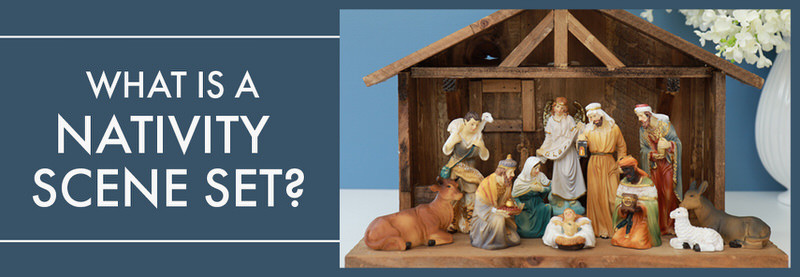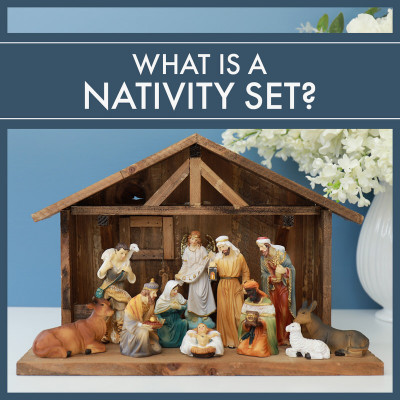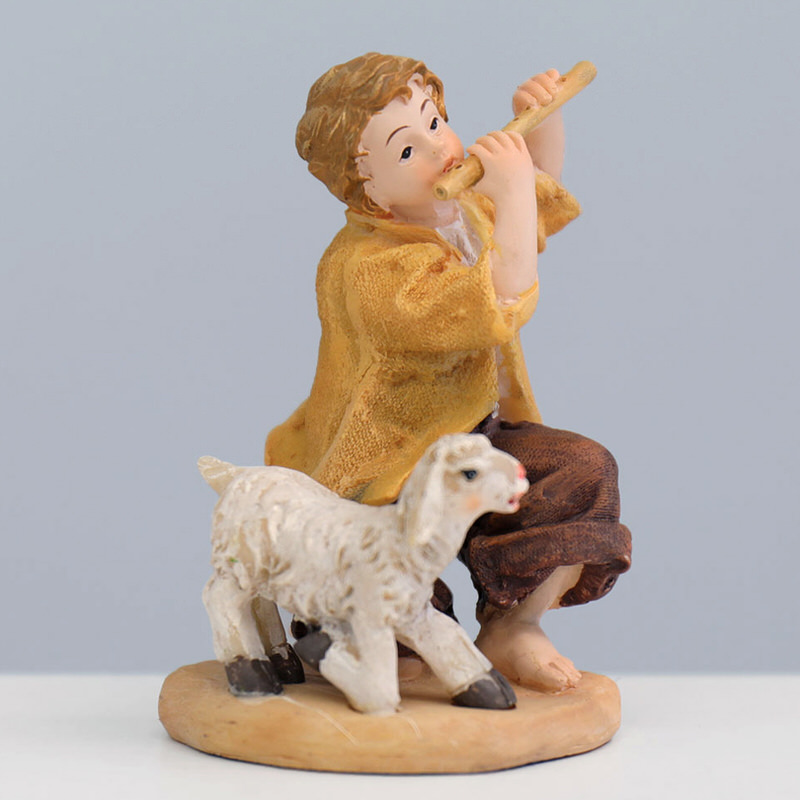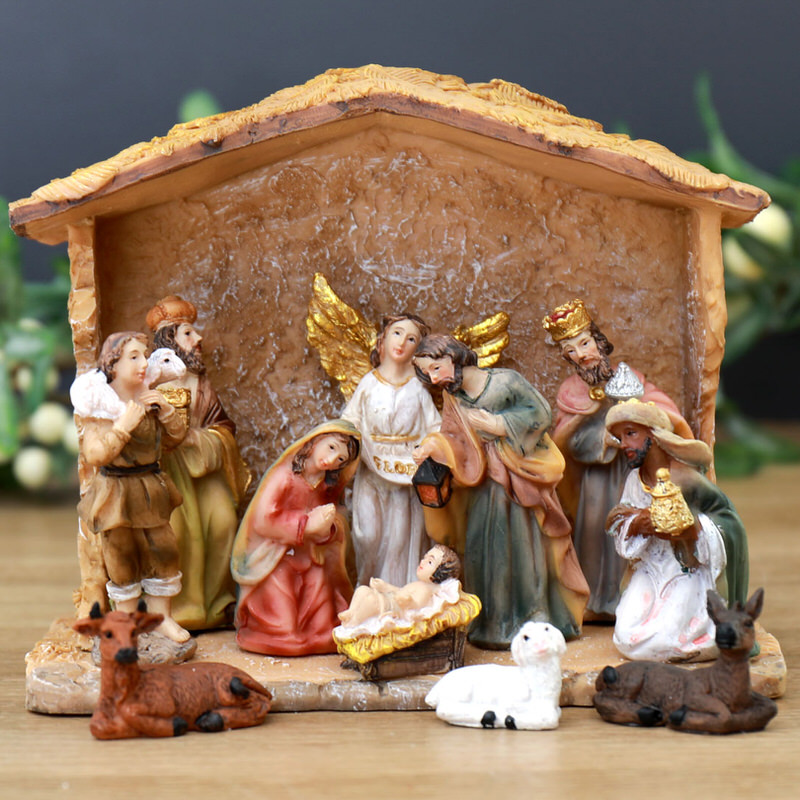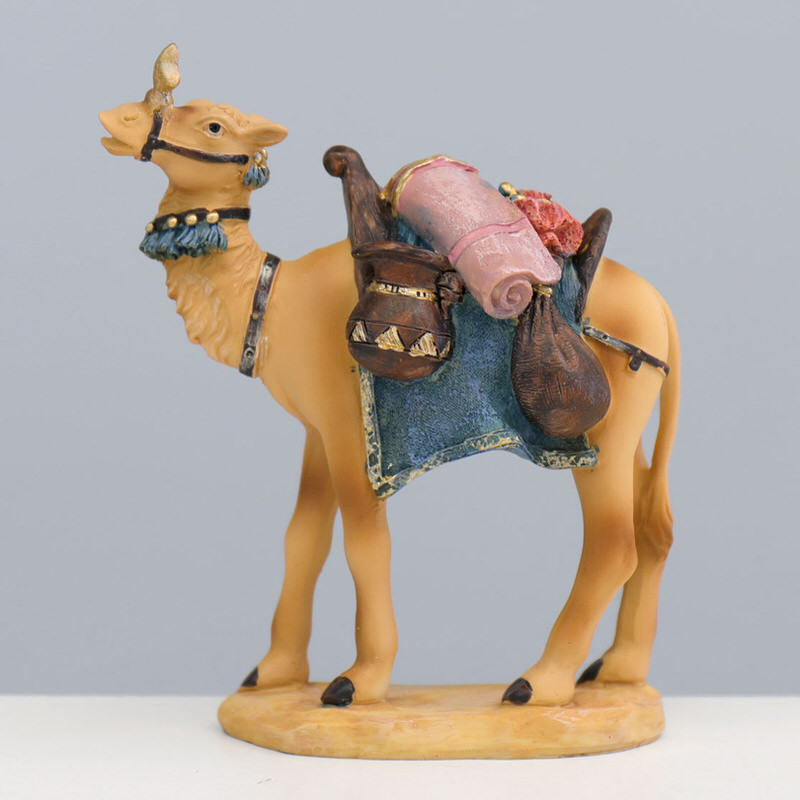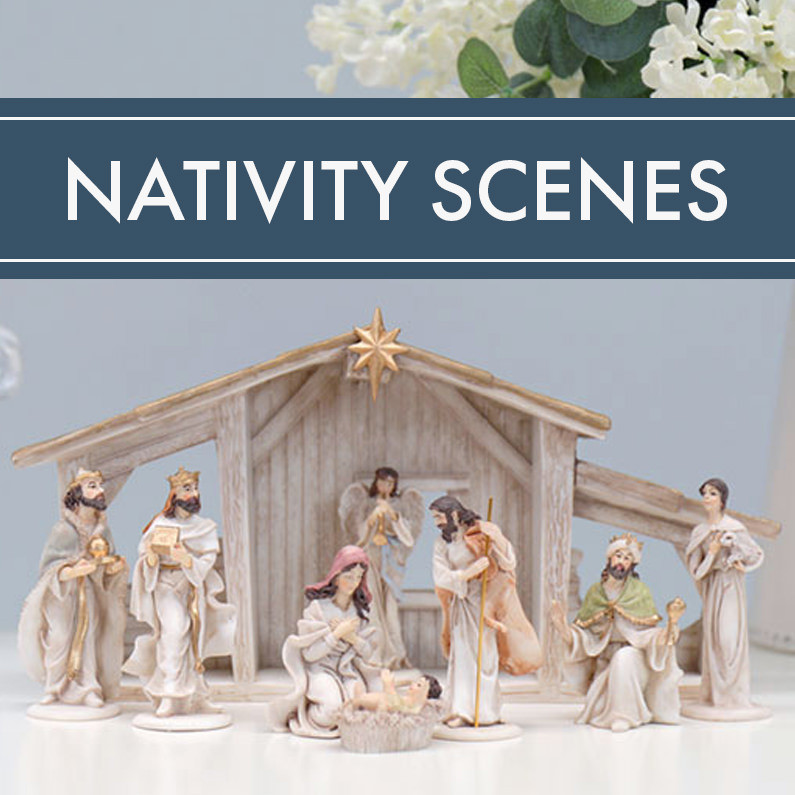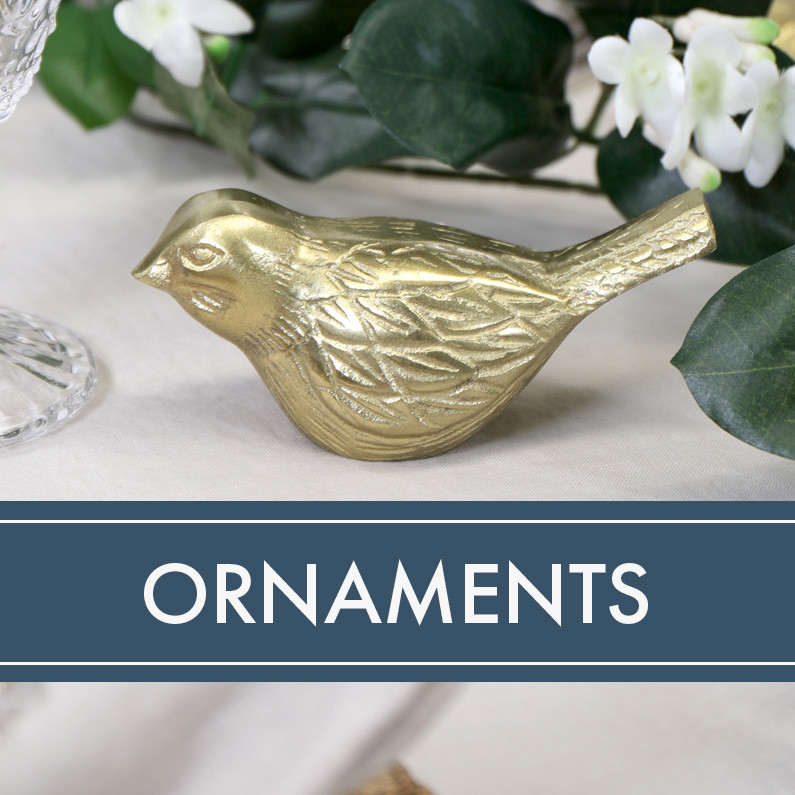What is a Nativity Set?
A Nativity set is a scene or model depicting the characters and events from the Nativity story, which describes the birth of Jesus. Christians celebrate the birth of Jesus on Christmas Day, and many people, both religious and non-religious, display Nativity scenes in their homes during Christmas time. Nativity scenes hold a variety of important meanings for different people, and are valued both for their religious meaning and their personal and aesthetic significance. With a history spanning centuries of bringing families together in places all around the world, Nativity scenes are a wonderful reminder of the joy and traditions associated with Christmas.
History of the Nativity Scene
The Nativity scene has a rich history spanning centuries and areas around the globe. The earliest nativity scene depicted has been traced to the year 380 CE, and was discovered in the early Christian catacomb of Saint Valentine. The first life-size Nativity scene has been attributed to Saint Francis of Assisi. In 1260 Saint Bonaventure described Saint Francis in his "The Life of Saint Francis of Assisi". Nativity scenes grew in popularity and spread to Christians in different countries, becoming increasingly intricate and artistic, and were often expertly sculpted pieces. By the end of the 19th century Nativity sets became popular in many Christian denominations. Today, there are a variety of Nativity scenes popular throughout the world, from hand-cut wooden figurines in Austria and Germany, to the colourful Szopki in Poland. Living Nativity scenes are also popular in many places, which use actors and often live animals, and involve a retelling of the Nativity story. Some people have outdoor, even life-sized Nativity scenes, displayed in public areas or outside their homes.
What is the Nativity Story?
The Nativity story describes the birth of Jesus and the events surrounding it, as told in the New Testament in the Christian Bible. Nativity sets may feature only the central event, being the birth of baby Jesus, or also depict other parts of the story. The story begins with angels appearing separately to Mary and Joseph, the parents of Jesus, to tell them about the baby that was soon to be born. The angels tell them that this baby will be the Son of God. The Virgin Mary gives birth to baby Jesus while they are staying in a stable, as there was no room for them to stay in an inn. Mary wraps Jesus in cloth and places Him in a manger, which is a feeding trough for animals.
In a nearby field, angels appeared to a group of shepherds, and they declare the good news of the birth of Jesus, telling them that they will find him in Bethlehem. The shepherds visit the baby Jesus and rejoice. Some time after this, wise men (also referred to as Magi or kings) visit from the East, finding Jesus by following the Star of Bethlehem which guides them. There, they pay homage to Him, and give Him gifts of gold, frankincense, and myrrh. Although it is not known how many wise men there were, they are often described and depicted as the "three wise men", due to there being three different gifts. On Christmas, Christians celebrate the birth of Jesus because they believe He is the Son of God, who has come to save humanity so they may live in harmony in God's kingdom.
What does a Nativity Set Include?
A Nativity set always includes baby Jesus, and His parents Mary and Joseph. Many Nativity sets includes depictions of various other characters and events from the Nativity story. These may include one or more shepherds and sheep, wise men (usually three), an angel, and farm animals such as an ox and donkey, which are mentioned in other parts of the Bible. Baby Jesus is usually shown lying in a manger full of hay, either wrapped in cloth or laying with His arms open in a welcoming gesture. The backdrop for the scene is the stable the story is set in, sometimes referred to as a creche. Many Nativity scene sets have a star at the peak of the roof, to represent the Star of Bethlehem.
Why People Display Nativity Sets
There are a variety of reasons people choose to display Nativity sets, including both religious and secular grounds. Nativity scenes hold important religious symbolism for people who have faith in Jesus, as it reminds them of His birth and how this impacts their lives. Some people use Nativity scenes to observe specific days of religious importance. For example, some churches display their Nativity scenes until the first Sunday after January 6th, the day they celebrate the Feast of the Baptism of the Lord. Many non-religious people also display Nativity scene sets, due to identifying with the values or traditions it represents. Some mothers identify with Mary's role as caretaker and protector of her child, as she is depicted as a loving and devoted mother. Other people appreciate the values of hope and joy, as well as perseverance, that the Nativity story portrays. Nativity scenes are often valuable family heirlooms, holding cherished memories, and representing a rich history of tradition and nostalgia. People enjoy the reminder of the importance of family and faith, both in overcoming hardship and in sharing laughter and love. Some people simply like the tradition, as a way to spend time with family setting it up, or because of the joy children get from interacting with the nativity set. Others appreciate the beauty of the Nativity scene set and its value as an artistic piece, as many are intricately carved and molded, with delicate hand-painted details.
The Nativity Set is a Christmas tradition with a rich history, that people appreciate for the faith, values, and joyful memories they represent. Whether you are Christian or cherish the hope and family bond the Nativity represents, a Nativity set would be a beautiful addition to your home at Christmas time. Explore French Knot's range of gorgeous Nativity scenes with hand-painted figurines, to find a Nativity scene set that will be loved by you and your family for years to come.

